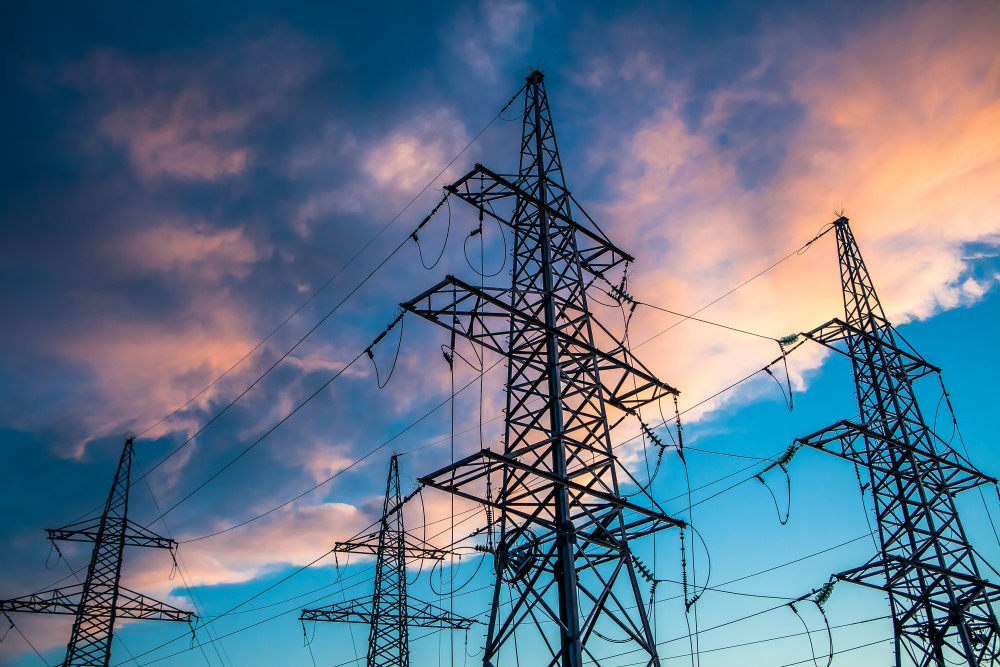
27 Jun Ukraine improves investment conditions to energy
In order to promote investment in the construction of new power plants in Ukraine (in particular those producing electricity from wind energy), the Law of Ukraine No. 2517-VIII (the “Law”), which came into force in early October 2018, reduces the number of regulatory requirements to construction of objects, which according to the class of consequences (responsibilities) relate to objects with minor consequences (CC1).
The law, in particular:
(1) Changed the criteria for assigning a construction object to class CC1
Until the entry into force of the Law: the construction object could not be classified as CC1, if, in particular, the level of material damage or social losses associated with the termination of operation or loss of the integrity of the object amounted to UAH 9 307 500. (Approximately EUR 285,000) or more.
Now: provided that the construction of the facility is carried out without the involvement of (a) state or local budgets, (b) loans granted under state guarantees, and (c) funds from state and municipal enterprises, budgetary institutions, damages to construction customers for the purpose of calculating the level of material damage or social costs will not be taken into account. This innovation will greatly simplify assigning an object, in particular a renewable energy power plant, to CC1 class facilities and, accordingly, reducing the number of regulatory requirements that must be observed in the construction of such an object.
So, in order to start construction work, it will be enough to send a notice to the authorized body about the beginning of their execution. In turn, the execution of construction works on objects of class CC2 (middle class of risk) and CC3 (high risk class) is due to the need to obtain appropriate permission.
In addition, facilities producing wind power will relate to minor incidents (CC1) subject to the positive conclusion of the authorized environmental impact assessment body.
(2) Allowed to change the risk class of wind power plants
Before the entry into force of the Act: wind power plants in practice, as a rule, assigned a third class of risk. After changing the criterion for the classification of buildings and structures in 2017 (transition from risk classes to impact classes), objects that were assigned the third risk class were automatically classified as secondary class of effects (CC2).
Now: The law allows existing wind power plants, which were assigned the third risk class and, eventually, the middle class of consequences (CC2), re-classify the previously assigned class of effects on the insignificant (CC1).



